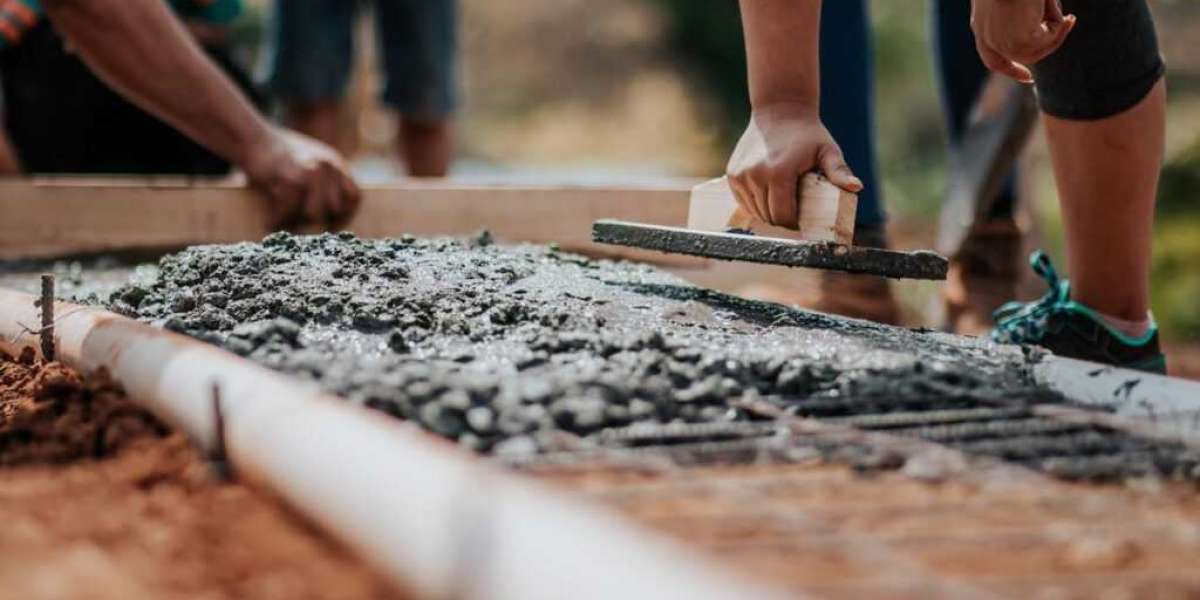Introduction
Concrete sidewalks are an essential part of any property. They enhance curb appeal, provide safe pathways, and contribute to overall home value. However, like anything exposed to the elements, sidewalks can deteriorate over time. Whether it’s cracks, uneven slabs, or weathering, keeping your sidewalk in good condition is vital for safety and aesthetics. In this guide, we'll walk you through the top methods for concrete sidewalk repair and how you can tackle these issues efficiently.
Understanding Sidewalk Damage
Causes of Concrete Sidewalk Damage
Concrete sidewalks are durable but not invincible. Here are some common culprits:
Weather-Related Damage
Freeze-thaw cycles can wreak havoc on concrete. Water seeps into tiny cracks, freezes, and expands, causing the concrete to crack further.
Heavy Usage and Wear
High foot traffic or heavy loads, such as vehicles driving over the sidewalk, can weaken the surface over time.
Tree Roots and Shifting Soil
Roots from nearby trees can push through the concrete, creating bulges or cracks. Similarly, shifting soil beneath the sidewalk can lead to uneven surfaces.
Signs That Your Sidewalk Needs Repair
Cracks and Uneven Surfaces
Noticeable cracks or slabs that are no longer level are major red flags.
Pooling Water and Erosion
If water doesn't drain properly or soil erosion occurs around the edges, it may indicate foundational issues.
Preparation Before Repairs
Assessing the Damage
Start by identifying the type and extent of damage. Is it just a surface crack, or is the structural integrity compromised? This step determines your approach.
Tools and Materials Needed
Essential Tools for DIY Repairs
- Concrete mix
- Trowel
- Chisel and hammer
- Level
- Safety goggles and gloves
Choosing the Right Materials
Select materials suited to the type of repair, such as quick-setting cement for small cracks or resurfacing compound for worn surfaces.
Safety Precautions to Consider
Always wear safety gear and follow manufacturer instructions. If dealing with heavy lifting or hazardous chemicals, consider professional assistance.
Top Methods for Concrete Sidewalk Repair
Patching Minor Cracks
For small cracks, use a patching compound or epoxy filler. Clean the area thoroughly, apply the filler, and smooth it out with a trowel. Once dry, the patch will blend seamlessly.
Leveling Uneven Slabs
Using Self-Leveling Compound
This method involves pouring a liquid compound over the uneven slab. It spreads out evenly and hardens, creating a level surface.
Mudjacking or Slab Jacking
A more advanced technique, mudjacking involves injecting a mixture beneath the slab to lift it into place. This is best left to professionals.
Replacing Damaged Sections
Partial vs. Full Replacement
If only a small section is damaged, you can cut and replace it. For extensive damage, a full slab replacement may be necessary.
Steps for Concrete Pouring
- Remove the damaged section.
- Prepare the area by compacting the soil and adding a gravel base.
- Mix and pour the new concrete.
- Smooth the surface and allow it to cure.
Resurfacing for a Fresh Look
Resurfacing involves applying a thin layer of new concrete over the old surface. It's a cost-effective way to restore a worn sidewalk.
DIY vs. Professional Help
When to Tackle Repairs Yourself
If the damage is minor and you're confident in your skills, DIY repairs can save money. Small cracks and cosmetic fixes are usually manageable.
Knowing When to Call a Professional
For structural issues, uneven slabs, or extensive damage, it’s best to hire professionals. They have the expertise and equipment to ensure a lasting fix.
Cost Considerations
Budget-Friendly Repair Options
Patching and resurfacing are affordable options for minor issues. They can extend the life of your sidewalk without breaking the bank.
Long-Term Savings Through Proper Maintenance
Regular upkeep, like sealing cracks and cleaning debris, can prevent costly repairs down the line.
Conclusion
Repairing a concrete sidewalk doesn’t have to be a daunting task. By understanding the damage and choosing the right method, you can restore your sidewalk’s safety and appearance. Whether you decide to handle it yourself or hire a professional, timely repairs can save you money and hassle in the long run.
FAQs
How long does it take for concrete repair to cure?
Depending on the type of repair, it typically takes 24–48 hours for the surface to set and up to a month for full curing.
Can I use regular cement for small repairs?
Yes, but for better results, use a product designed specifically for patching or resurfacing.
How do I prevent future sidewalk damage?
Seal cracks promptly, clean debris regularly, and address drainage issues to minimize wear and tear.
Is it expensive to hire professionals for sidewalk repair?
Costs vary based on the extent of damage and location. Minor repairs may cost a few hundred dollars, while extensive work could run into thousands.
Can resurfacing help if the sidewalk is severely damaged?
Resurfacing is ideal for cosmetic fixes. For severe structural issues, replacement is often the better option.








